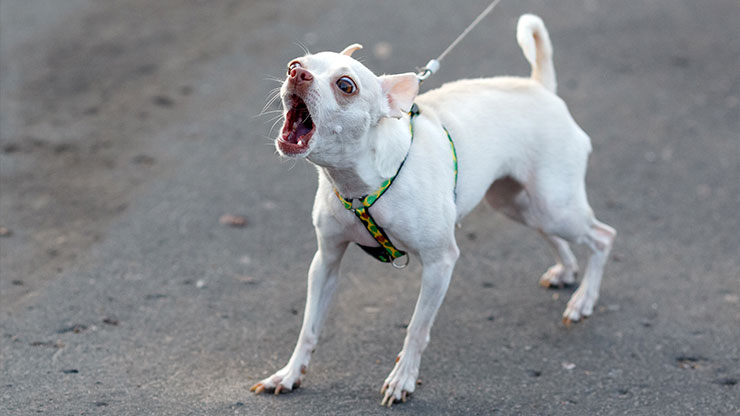
From Mischief to Marvelous: Transforming Common Dog Behavior Issues into Training Triumphs
Dogs enrich our lives with unending joy and companionship, but just like people, they have distinctive characteristics that might occasionally test our tolerance. These typical behavioral problems—from loud barking to chewing on furniture—can be converted into training successes with the proper technique. This article will examine practical methods for dealing with and rerouting these behaviors, transforming potential issues into chances for development and fruitful lessons for dogs and their humans.
Excessive Barking: Communication Training
Dogs naturally communicate by barking a lot, but it may become annoying if it's not controlled. Understanding the causes of the barking is necessary to correct the behavior. What causes your dog to bark—boredom, anxiety, or excitement? Adjust your training strategy as necessary. Use approaches for positive reinforcement to teach the command "quiet." Once your dog responds by stopping barking upon command, offer praise and gently shift their focus towards a more suitable activity. Using puzzle toys and interactive games to keep your dog busy and mentally stimulated can also help reduce excessive barking brought on by boredom.

Destructive Chewing: Redirecting Energy
Dogs naturally chew and frequently do so to pass the time or get over teething discomfort. Make sure your dog has access to a selection of safe chew toys and bones to help them develop a pleasant chewing habit. Redirect your dog's attention to an acceptable chew item when you notice them gnawing on an unsuitable thing. Be consistent and give your dog praise and treats when they chew on the proper things. To prevent chewing due to boredom, ensure your dog has adequate mental and physical stimulation via regular activity and playtime.
Jumping Up: Polite Greeting Training
Dogs frequently leap up to welcome people, but it may be troublesome when this results in scratches or unintendedly knocking over humans. Teach your dog a substitute behavior that gets rewarded when visitors arrive, like sitting. Consistently demonstrate this behavior and advise visitors to only pet your dog while they are sitting still. Jumping attempts should not be rewarded; instead, use positive reinforcement to promote the desirable behavior. Your dog will eventually learn that standing is the proper greeting position, improving relationships for all parties.
Pulling on the Leash: Loose-Leash Walking Training
Walking may get frustrating when the leash pulls. You can change this behavior by training your dog to walk off-leash. Reward your dog for following you without tugging by using positive reinforcement. Start in a setting with little distraction, then progressively raise the level of effort. Treats, kudos, and brief training sessions may all be used to mold your dog's behavior progressively. It's important to be consistent and patient; avoid penalizing your dog for pulling because this might cause them to associate pulling with unpleasant things.
Separation Anxiety: Gradual Desensitization
Dogs with separation anxiety display excessive nervousness when left alone, which is a stressful habit. You can change this tendency by progressively desensitizing your pup to your departures. Start with brief intervals of separation and lengthen them progressively over time. Use departure indicators, such as picking up your keys, and associate them with enjoyable events, like rewards or toys. When you're gone, make sure your dog has a cozy and secure place, and think about using relaxing tools to reduce anxiety, such as puzzle toys or soothing music.

Begging for Food: Impulse Control Training
The habit of begging for food during meals can be changed through impulse control training. Asking your dog to lie down or sit down before meals will teach them to wait quietly for their food. If they are patient, give them some of their meal as a reward. It's essential to avoid succumbing to begging behaviors, as yielding only reinforces such actions. Establishing a consistent feeding schedule and ensuring they receive appropriate nutrition will deter them from scavenging for discarded items.
Conclusion
It takes time, persistence, and positive rewards to correct typical dog behavior problems. You may turn misbehavior into wonderful training successes by comprehending the fundamental causes of these actions and employing efficient teaching methods. Along the road to becoming a well-mannered and well-adjusted canine companion, you and your furry buddy must also develop a solid relationship based on trust and open communication.
-----










